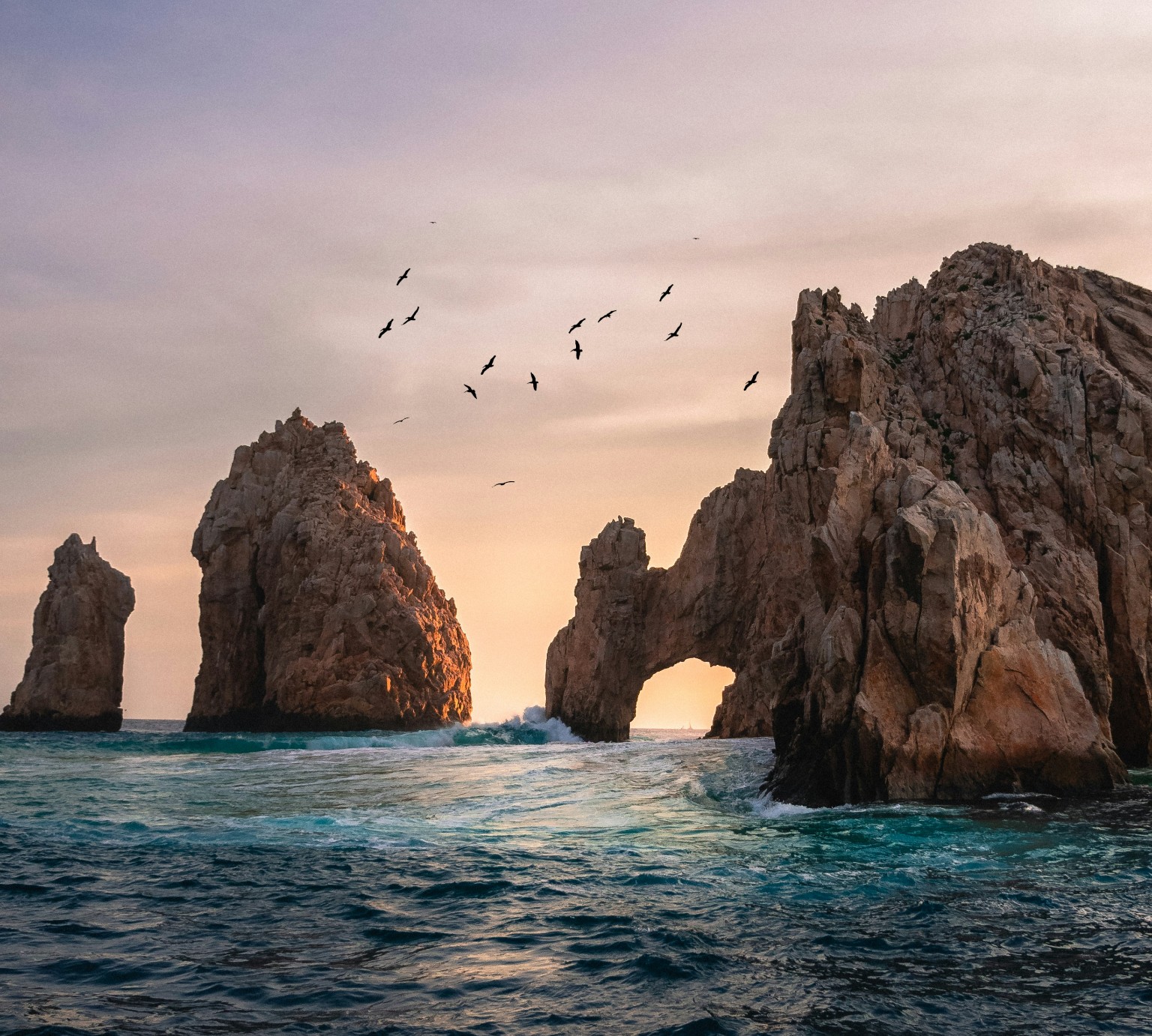
If you’re looking for a gorgeous, eclectic destination, Mexico is worth adding to your list. Featuring thousands of miles of aquamarine coastline, deep cultural heritage, and unique cuisines, the country offers an array of rich experiences.
But what about getting there? Typically, when visiting a foreign country, you need a passport to prove your U.S. citizenship and identity. But since Mexico borders the United States, you might be unsure whether you need one or not. Further confusing the matter are Mexico’s multiple points of entry via the California border or various airports.
So before you taste tacos al pastor or jump in the warm Pacific Ocean, you’ll need to sort out your pre-travel checklist, including whether to bring a passport. So, do you need a passport to go to Mexico? Read on to find out.

Do tourists need to carry a passport in Mexico?
Yes, like any international border crossing, travel to Mexico requires a passport. But depending on your mode of travel, requirements differ slightly, so it’s good to know before you go. Let’s look at the details.
According to the U.S. Department of State, those entering Mexico via air need a valid passport book (a passport card won’t suffice). At each of the country’s 66 airports, immigration authorities use a process called Forma Migratoria Multiple Digital (FMMD) to determine a traveler’s trip duration and then stamp their passport book. Or, via E-Gate, people can obtain a receipt with a QR code.
For those entering Mexico via land, the U.S. Department of State suggests bringing a passport book or card. A card is cheaper ($65 vs. $165 for first-time applicants) but has limited functionality.

Do U.S. citizens need visas for Mexico?
Whether you need a visa in Mexico depends on your length of stay. Maybe you’re chasing a Pacific swell on a Baja surf trip and only plan to stay for a week. Or, if you’re looking to explore from Mexico City to Cancun, an extended trip has different requirements. Here are the details.
U.S. citizens can stay in Mexico for up to 180 days with no visa required. That’s a lot of time to relax on the Ixtapa coastline or sample the enchiladas in Mexico City.
But long-term explorers staying beyond 180 days need a visa. To obtain one, simply visit a Mexican embassy, fill out an application, provide documents, and pay any necessary fees.

When did Mexico start requiring a passport?
In 2007, rules changed for U.S. Citizens traveling to and from Mexico, whether via land or air. The Western Hemisphere Travel Initiative enhanced security by requiring standardized documentation, allowing the Department of Homeland Security to reliably identify travelers. The new regulations weren’t just for Mexico — they also applied to Canada, Central and South America, Bermuda, and the Caribbean.
As of January 8, 2007, U.S. citizens traveling via air to Mexico needed a valid passport. Then, on January 1, 2008 (later delayed to 2009), travelers needed a passport when driving across the Mexican border.
If we had a trip planned south of the border, we’d apply for a passport book. That way, we’re covered whether arriving on a plane or in a car and have documentation for international travel. It just makes sense.
Mexico is a tantalizing destination for any traveler, with natural wonders like Copper Canyon and special dishes like mole poblano. There’s so much to experience. But before embarking south of the border, it pays to know the passport and visa requirements. For extra reassurance, we’d obtain a passport book to demonstrate legitimacy and smooth out the entry process. Then, you’ll be free to explore all the country has to offer.



